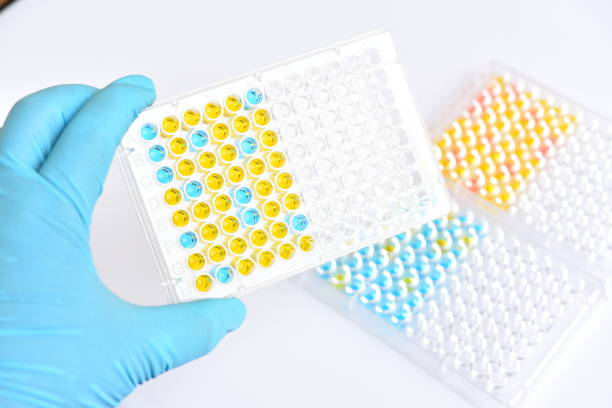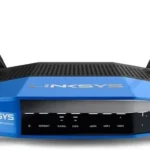ELISA is a robust method for detecting and measuring analytes in complex biological matrices. A typical ELISA assay immobilizes an antigen or antibody on a solid surface and then attaches an antibody conjugated to an enzyme. The analyte is detected through a substrate reaction to generate a measurable signal. ELISA development involves deciding an assay format, accumulating assay components, and developing a working protocol. On the other hand, ELISA validation involves systematically testing and optimizing assay components to ensure results are reliable and accurate.
Both ELISA method development and ELISA method validation are crucial for the drug discovery and development process. A thoroughly developed and validated method accelerates drug development timelines. But what is the drug discovery and development process? Drug discovery aims at screening potential molecules whereas drug development ensures these molecules are converted into safe and effective drug products. Over the years, ELISA has been a vital screening method.
The current article is an expert summary of ELISA method development.
ELISA method development
There are several aspects to ELISA method development. The first thing is to consider the ELISA format. It can be direct, indirect, or sandwich ELISA. Each assay format differs in how a target is captured and detected. The direct and indirect assay format immobilizes the antigen on the microplate surface, and uses a primary labeled antibody or a combination of primary and secondary labeled antibodies to detect the antigen. On the other hand, sandwich ELISA captures an antigen between two primary antibodies and then uses a labeled secondary antibody to detect the antigen.
Other than the assay format, there are four technical elements to consider while developing an ELISA assay. These four elements include plate-coating strategy, antigen, and antibody pairs, labeling and conjugation strategy, and enzyme and chromogen combination. Let us dive deep into each of these technical components.
Plate-coating strategy
The first step while developing a new ELISA method is to determine the immobilization strategy and to evaluate the plate-coating conditions. Generally, polyvinyl/polystyrene plate combinations are used for the solid surface. However, there are several solid-phase materials available for ELISA assay development. These materials include nylon, nitrocellulose, and Polyvinylidene Difluoride.
Must Read: The Role of PK Labs in Clinical Trial Design and Execution
Antigen and antibody pairs
The sensitivity and specificity of an ELISA assay largely depend on the antigen and antibody pairs used in the assay. Stability and purity are critical for the robust performance of ELISA assays. Highly pure antigens can enhance capturing capacities of the antibody pairs, eventually increasing the sensitivity of the ELISA assays.
Conjugation strategy
Enzyme-labeled antibodies are crucial for robust signal output. Enzymes are conjugated to the antibodies via a stable, covalent linkage where neither the active site or the antigen-binding site is functionally altered. Various reporter molecules are available, including alkaline phosphatase, horseradish peroxidase, and many others.
Enzyme and chromogen
The detection signal depends on the enzyme and chromogen. The intensity of the signal generated will be directly proportional to the amount of target analyte bound to the detection reagents. The most common enzyme and substrate combinations include horseradish peroxidase and H2O2, and alkaline phosphatase and pnpp.







